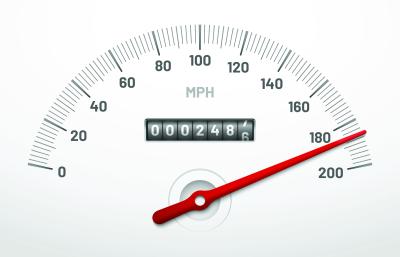
Business Development Manager
Starting this month, you’ll see a new line on your bill labeled “demand.” Right now, there’s no charge, but this line is there to help you understand how much demand your home is creating. While our commercial members have been familiar with demand charges for years, it’s important for residential members to understand demand and related costs due to changes in the electrical grid.
You might have heard me talk about the “demand response program” and the importance of off-peak load management. But what exactly is "demand" when it comes to electricity?
Simply put, demand is like a speedometer. Get in the driver’s seat of your car for a moment. Energy (kWh) would be what is recorded on your car’s odometer – a measurement of total miles. Demand (kW) is like your speedometer – measuring the speed at which the energy flows. The demand reading is like the highest recorded “miles-per-hour” speed for that month.
Think of the electrical grid like a freeway. It has to be built to accommodate the largest amount of traffic it could see at one time even if there are only a few cars using it most of the time. During “high-traffic” or high-demand times, energy is more expensive. By spreading out your electricity use throughout the day and evenings, you can help the cooperative save on high-demand charges. That savings is passed onto members and ensures a more reliable and balanced grid for everyone.
